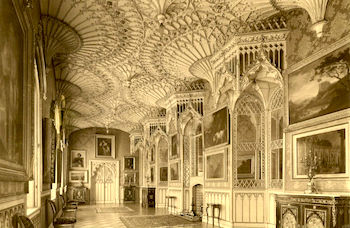Product Description
Tiffany & Co./Georges Le Sache, Neo Gothic “Vesta” case, 18k gold mountings, polychrome champleve enamel details on a “bone” covered case, hand carved foliate details, 18k gold long chain, signed, c. 1880



Vesta dimensions: H: 2 inches x W: 1 and ¾ inches x Depth: 5/8 inches
Chain length: 60 inches
Weight: 3.27 Troy ounces / 101.5 grams / 65.3 pennyweights
Tiffany & Co./Georges Le Sache, Neo Gothic “Vesta” case, 18k gold mountings, polychrome champleve enamel details on a “bone” covered case, hand carved foliate details, 18k gold long chain, signed, c. 1880
